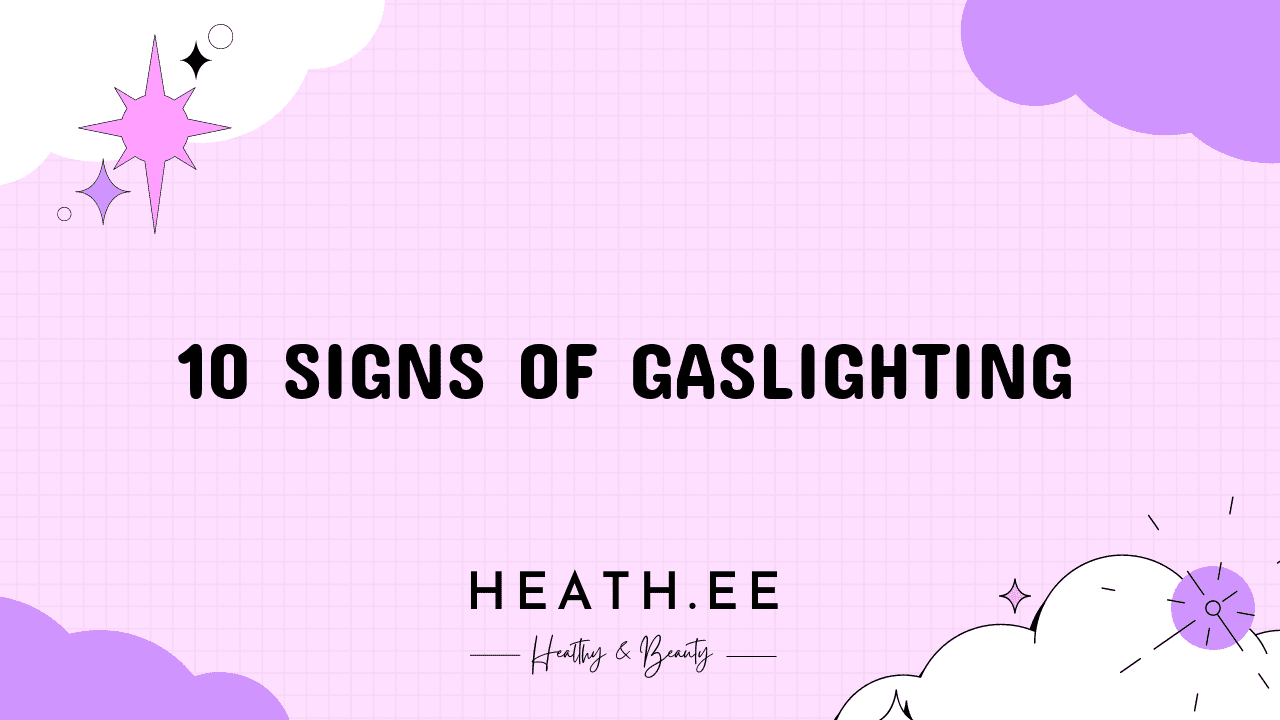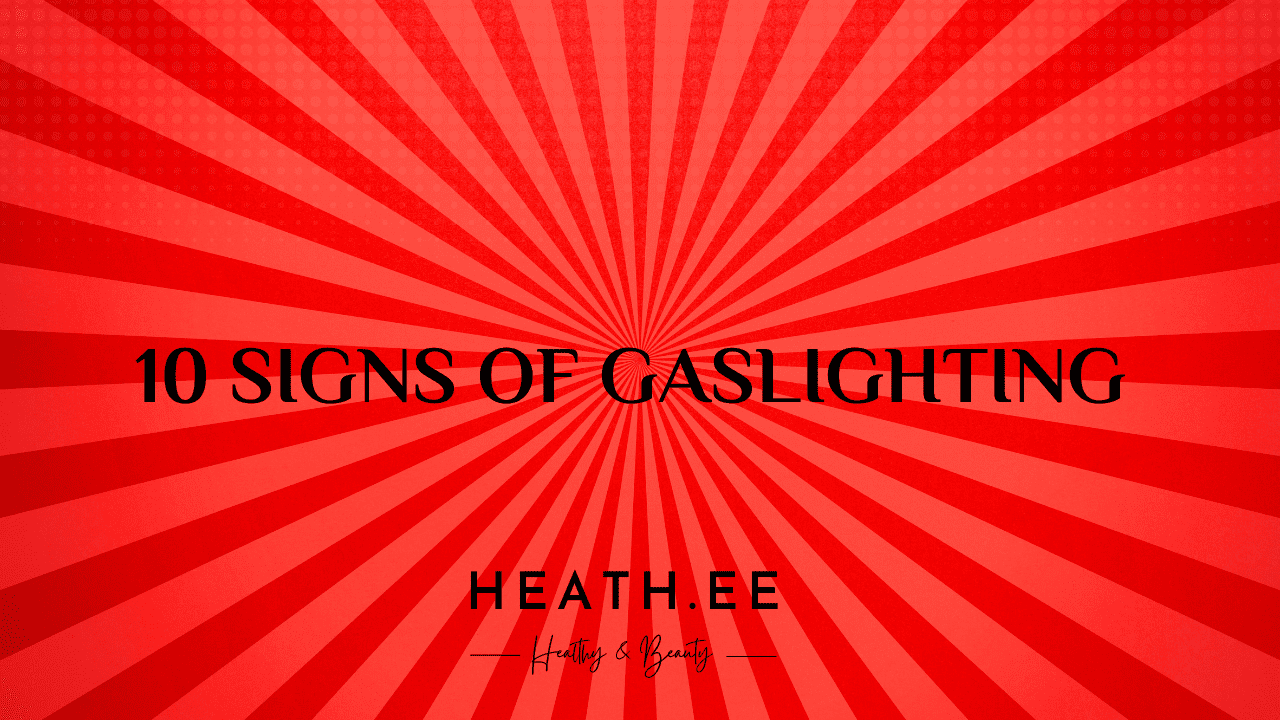Gaslighting is a form of mental abuse that can be difficult to recognize. It is an insidious form of manipulation and control that can have long-lasting and damaging effects on the victim’s mental health. To help you identify whether you or someone you know is being gaslit, we’ve listed 10 signs of this insidious form of abuse.
1. Making You Question Your Sanity
One of the most common signs of gaslighting is that the victim begins to doubt their own sanity. The abuser will often make comments that imply the victim is overreacting or being irrational. The abuser might also deny that certain events occurred, even if the victim has evidence that they did. This can lead the victim to start questioning their own memory and reality.

2. Withholding Information
Another common sign of gaslighting is when the abuser withholds information from the victim. This can take the form of not answering questions, or refusing to provide details about certain events. This can lead the victim to feel confused and frustrated, and can make them less likely to challenge the abuser.
3. Lying and Denial
Gaslighters are often habitual liars and will often deny having said or done something, even when confronted with evidence that proves otherwise. They may also lie about their own feelings or intentions, or even the victim’s own feelings or intentions. This can make the victim feel as though they are going crazy, and can lead to feelings of confusion and insecurity.

4. Isolating You From Friends and Family
Gaslighters often try to isolate their victims from friends and family. They may criticize the victim’s loved ones, or make it difficult for the victim to spend time with them. This can lead the victim to feel cut off from their support network, and can make them more vulnerable to the abuser’s manipulation.
5. Blaming You for Their Actions
Gaslighters often blame their victims for their own behavior. They might accuse the victim of making them angry or causing them to do something they regret. This is a form of emotional manipulation and can make the victim feel guilty and responsible for the abuser’s actions.
6. Playing the Victim
Gaslighters often play the victim in order to gain sympathy from others. They may make exaggerated claims about their own suffering or hardships, or even lie about being victimized by the victim. This can lead the victim to feel guilty or responsible for the abuser’s suffering, and can make them more likely to comply with the abuser’s demands.
7. Making You Feel Guilty
Gaslighters often use guilt as a form of manipulation. They may accuse the victim of not caring about them, or of not doing enough to help them. This can make the victim feel guilty and can lead them to comply with the abuser’s demands in order to avoid further guilt.
8. Manipulating Your Emotions
Gaslighters often try to manipulate their victim’s emotions. They might make comments that are meant to make the victim feel guilty or ashamed, or they might use flattery or compliments to make the victim feel better. This can be an effective form of manipulation and can make the victim more likely to comply with the abuser’s demands.
9. Controlling Your Behavior
Gaslighters often try to control their victim’s behavior. They might make demands about how the victim should dress or act, or they might try to control who the victim can and cannot spend time with. This can make the victim feel powerless and can lead to feelings of anxiety and insecurity.
10. Gaslighting Is a Form of Mental Abuse
Gaslighting is a form of mental abuse that can have long-lasting and damaging effects on the victim’s mental health. If you think you or someone you know is being gaslit, it is important to seek help. There are many resources available to help victims of gaslighting, including Gaslighting Symptoms, Emotional Abuse Signs, Manipulation Tactics, and Mental Abuse Indicators. If you recognize any of the 10 signs of gaslighting in yourself or someone you know, it is important to seek help and support.



